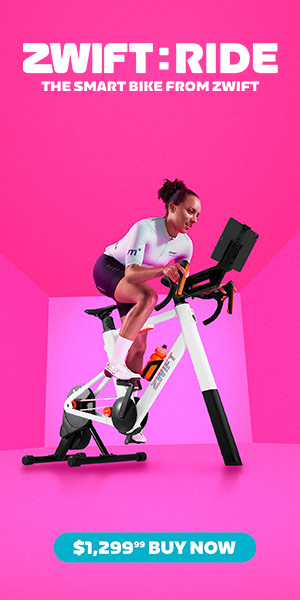Zwift rolled out steering on all roads last month, and we’ve been having fun testing how this changes the game experience ever since. We’ve learned what it’s like to race with steering, and we’ve learned that taking the short line can trim some significant distance off of twisty climbs like Alpe du Zwift or Ventoux.
(By the way: the Elite Sterzo Smart is back in stock at Zwift’s shop. They ran out just a few days after steering was released, and just restocked with updated Sterzos over the weekend!)
But here’s a question we haven’t tried to answer yet: does the gradient of the road vary depending on your location in the lane? That is, might the gradient be steeper on one side of the lane than the other, particularly on steeper, tighter turns?

Anyone who has ridden outdoors knows that, on a twisty climb, taking the inside of the lane means you’ll cover a shorter distance but have to ride a steeper pitch compared to making the same turn on the outside of the lane. But does this apply in Zwift as well?
When a Zwifter first asked me this question, my initial thought was “Nah, certainly Zwift hasn’t created their roads with that level of detail.” But the more I thought about it, the more I thought “Actually… I bet it does work that way… because I’m not sure there’s any other way it could work!”
Because physically, if a road is angled at any sort of gradient, with the inside and outside lanes beginning and ending the turn at the same elevation, the shorter (inside) line has to be steeper than the outside line. There’s just no other way it could work!
We don’t notice this gradient differential on shallower turns, but sharp turns really bring out that contrast. Riding outdoors, we know that taking the outside of a turn lets us maintain a more even pace, as the gradient stays more steady. Taking the inside, on the other hand, means we’ll probably need to ratchet the power up – but if you’re attacking, that may be the perfect move!
So I did some steering tests on Watopia. Here’s a quick video of me riding on the good ol’ Hilly KOM, whose first turn is nice and sharp and steep. Check out gradient numbers for different lane locations:
Here are the gradients, from the perspective of riding up the Hilly KOM. Keep in mind Zwift rounds the gradient displayed to the nearest digit.
- Right lane, on the white (inside corner): 14%
- Right lane, on the double yellow: 10%
- Left lane, on the double yellow: 10%
- Left lane, on the white: 9%
So there you have it. Taking the inside corner in order to shorten your big Zwift climbs does indeed cut distance off of the effort, but it will add steepness. So if you’re going to take the inside corner on a steep climb in order to go faster, keep in mind you’ll need to bump up your wattage as well. Just like riding outside.
Descending? That’s probably where this knowledge is most useful. Because taking the inside corner now means you’re shortening your line and hitting a steeper decline. Winning in two ways!
Questions or comments?
Post below!
